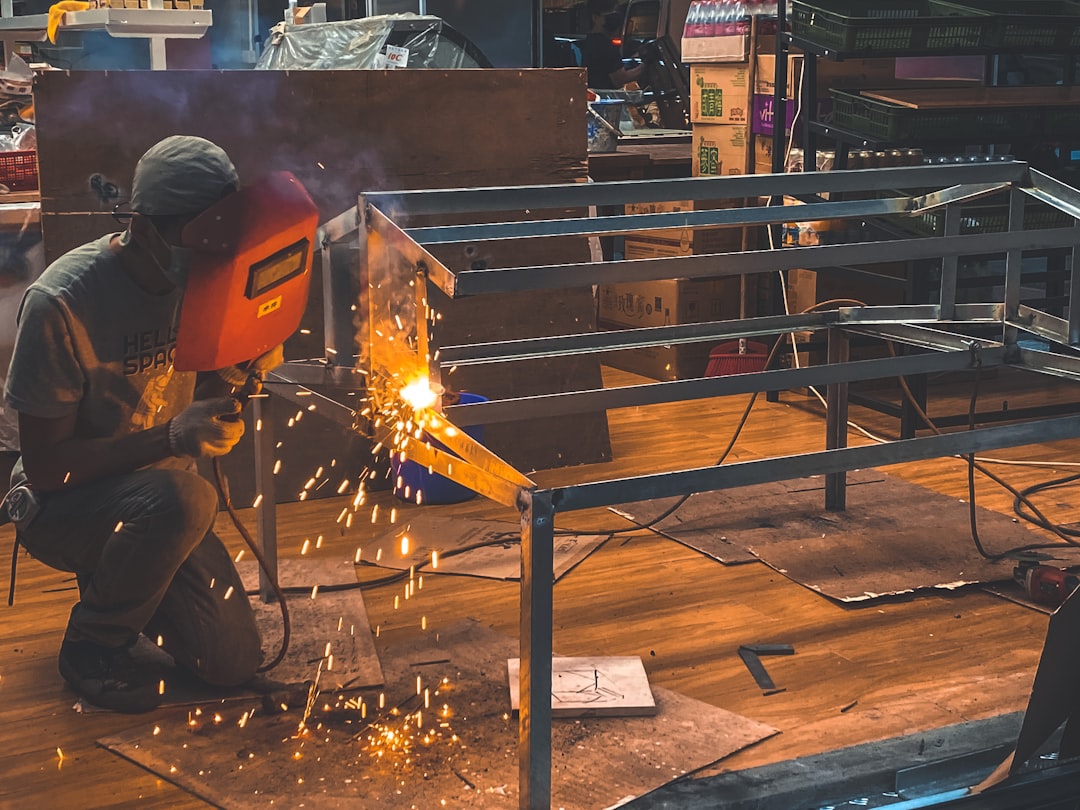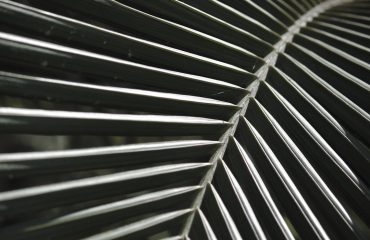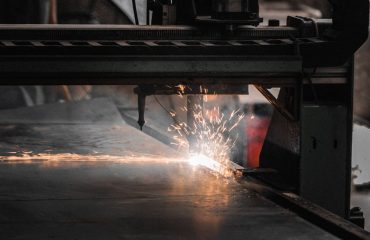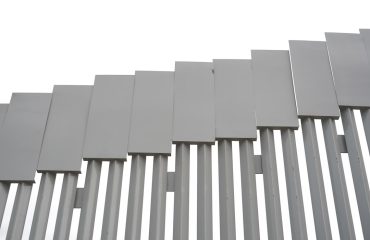Power plants, the behemoths of energy generation, demand robust and reliable construction. At the heart of this infrastructure lies a critical component: steel profiles. These precisely engineered shapes of steel provide the structural backbone, support critical equipment, and ensure the safe and efficient operation of these complex facilities. This post delves into the multifaceted role of steel profiles in power plant construction, exploring their various applications, benefits, and the considerations involved in their selection and implementation.
1. Structural Frameworks: The Backbone of Power Plant Construction
Steel profiles form the fundamental structural framework of most power plants. From the main building structures to supporting towers for transmission lines, their high strength-to-weight ratio makes them ideal for creating large, stable structures that can withstand significant loads and environmental stresses. Commonly used profiles include H-beams (wide-flange beams), I-beams, and channels, which are welded or bolted together to create complex frameworks. The design process considers factors such as wind loads, seismic activity, and the weight of equipment to ensure structural integrity and longevity. Advanced computer-aided design (CAD) and finite element analysis (FEA) are employed to optimize designs for maximum efficiency and cost-effectiveness.
2. Specialized Applications: Beyond the Structural Framework
Beyond the main structural elements, steel profiles find application in numerous specialized areas within power plants. For example, they are crucial in the construction of:
- Boiler supports: The massive boilers used in thermal power plants require robust support structures, often fabricated from heavy-duty steel profiles designed to withstand extreme temperatures and pressures.
- Turbine foundations: Turbines, the heart of power generation, require exceptionally stable foundations to minimize vibrations and ensure efficient operation. Steel profiles are often used in conjunction with concrete to create these foundations.
- Cooling tower structures: Steel profiles play a vital role in the construction of cooling towers, providing the framework for these large structures which are essential for dissipating heat from the power generation process.
- Transmission line towers: The transmission of electricity from the power plant to the grid requires tall, sturdy towers. Steel profiles are frequently used in their construction to withstand wind loads and maintain the integrity of the transmission lines.
- Crane runways and support structures: Heavy-duty cranes are vital for maintenance and construction within power plants. Steel profiles form the tracks and supports for these cranes, ensuring safe and efficient operation.
3. Material Selection: Choosing the Right Steel for the Job
The selection of appropriate steel profiles is crucial for ensuring the longevity and performance of power plant structures. Factors to consider include:
- Grade of steel: Different grades of steel offer varying levels of strength, ductility, and weldability. Higher-strength steels are often preferred for critical applications to minimize weight and maximize load-bearing capacity.
- Corrosion resistance: Power plants operate in environments that can be harsh and corrosive. The choice of steel should consider factors such as exposure to moisture, chemicals, and high temperatures. Galvanized steel or stainless steel profiles might be necessary in corrosive environments.
- Weathering steel: In certain applications, weathering steel (also known as corten steel) can be a cost-effective option. This type of steel develops a protective rust layer that inhibits further corrosion.
- Fabrication considerations: The ease of fabrication should also be considered. Some steel profiles might be easier to weld or bolt than others, impacting construction time and cost.
4. Fabrication and Construction Techniques: Precision and Efficiency
The fabrication and construction of steel structures for power plants require precision and adherence to strict safety standards. Modern fabrication techniques, such as laser cutting, robotic welding, and advanced bolt connections, ensure accuracy and efficiency. Detailed engineering drawings and rigorous quality control procedures are essential throughout the process. Experienced and skilled welders and fabricators are vital to ensure the structural integrity of the completed structures.
5. Cost-Effectiveness and Sustainability: Balancing Performance and Environmental Impact
While steel profiles represent a significant investment, their long lifespan and robust performance make them a cost-effective solution in the long run. The use of recycled steel also contributes to the sustainability of power plant construction. Furthermore, advancements in steel production and fabrication technologies are continuously improving the efficiency and environmental impact of steel profiles, minimizing waste and energy consumption.
In conclusion, steel profiles are indispensable components in the construction and operation of power plants. Their versatility, strength, and durability ensure the structural integrity and safe operation of these crucial energy infrastructure assets. The careful selection of appropriate materials, the precise fabrication techniques, and the consideration of cost-effectiveness and sustainability are all essential factors in maximizing the benefits of steel profiles in power plant construction.
SEO Tags:
- Steel Profiles
- Power Plant Construction
- Structural Steel
- Industrial Steel Fabrication
- Energy Infrastructure




